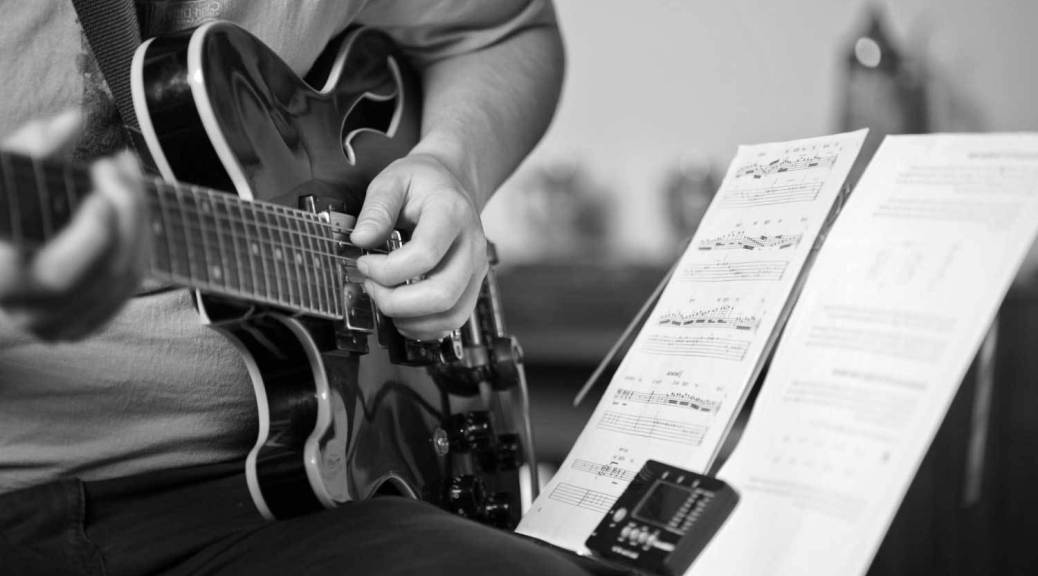You’ve probably heard this one a few times… or perhaps even said it yourself. Beginner guitarists, if they can get past those first few months of agony, will delve into the famous five pentatonic shapes be they major or minor, or a little of both. A common thing to do is memorize the patterns then try to wail over a backing track. This is all well and good but you’ll inevitably wind up back at the ‘now what?’ part, only slightly more frustrated.
Now What?
First of all, allow me to come clean; I probably couldn’t play you the five pentatonic shapes, not because I didn’t learn them, but because they’ve long since become musical devices rather than scale shapes. I can play pentatonic scales all over the neck without thinking too much but the emphasis is on phrasing and note choice rather than shapes and root notes. How do you get to this point?
The Technical Crossroads
If I see that a student of mine knows the pentatonic shapes like the back of their hand and are STILL practicing them as scales, I will kindly ask them to stop. At this point playing the pentatonic shape has become nothing more than a technical exercise with the players hands and mind on autopilot. If your goal is to improvise with the pentatonic scale, this is not the way to go about it; however, if your goal is to play the pentatonic shapes faster and cleaner, this IS the way to go about it. Trouble is… guitarists practice one thing and hope to achieve another.
You Know, You Know
You know where the notes are, so now it’s time to make some music with them. Unfortunately, not all of the five pentatonic shapes were created equally, which is why there’s a heavy bias towards shape 1 – it falls nicely under your fingers and lends itself well to coming up with (albeit unoriginal) lines and phrases. The rest of the shapes are kind of… clunky and difficult to use as isolated patterns.
Try This
What I get students to do is the following drill. I let them look at the scale across the whole fretboard as in the diagram below.

First, put your first finger on any root note. Your first finger is not allowed to move from this position while you come up with phrases and lines. What happens here is that you start focusing on the notes rather than ‘getting through the pattern and out the other side’. Try different root notes and marvel at how the nature of the guitar will make you come up with different lines and phrases in different parts of the neck using the exact same notes.
Repeat the procedure but this time use your second finger. This will sound shit at first but persevere and you’ll get some interesting results as it almost inevitable forces you to play anything but a scale. Next up is the third finger, which is a comfortable finger to hang on; rinse and repeat. Finally, get your fourth finger into the game, which almost forces you to play in the opposite direction than you’re probably used to.
BONUS!
As you probably already know, the scale above is the minor pentatonic and the scale below is the major pentatonic, only they share the same pattern. To further your insight into pentatonics, repeat the above exercise with the C Major pentatonic shapes below. Go through each finger and see what you can come up with.

Basically, what we’re doing here is tricking your mind into doing exactly the opposite of playing a pentatonic shape, which may be a headache at first but will improve your phrasing no end.



